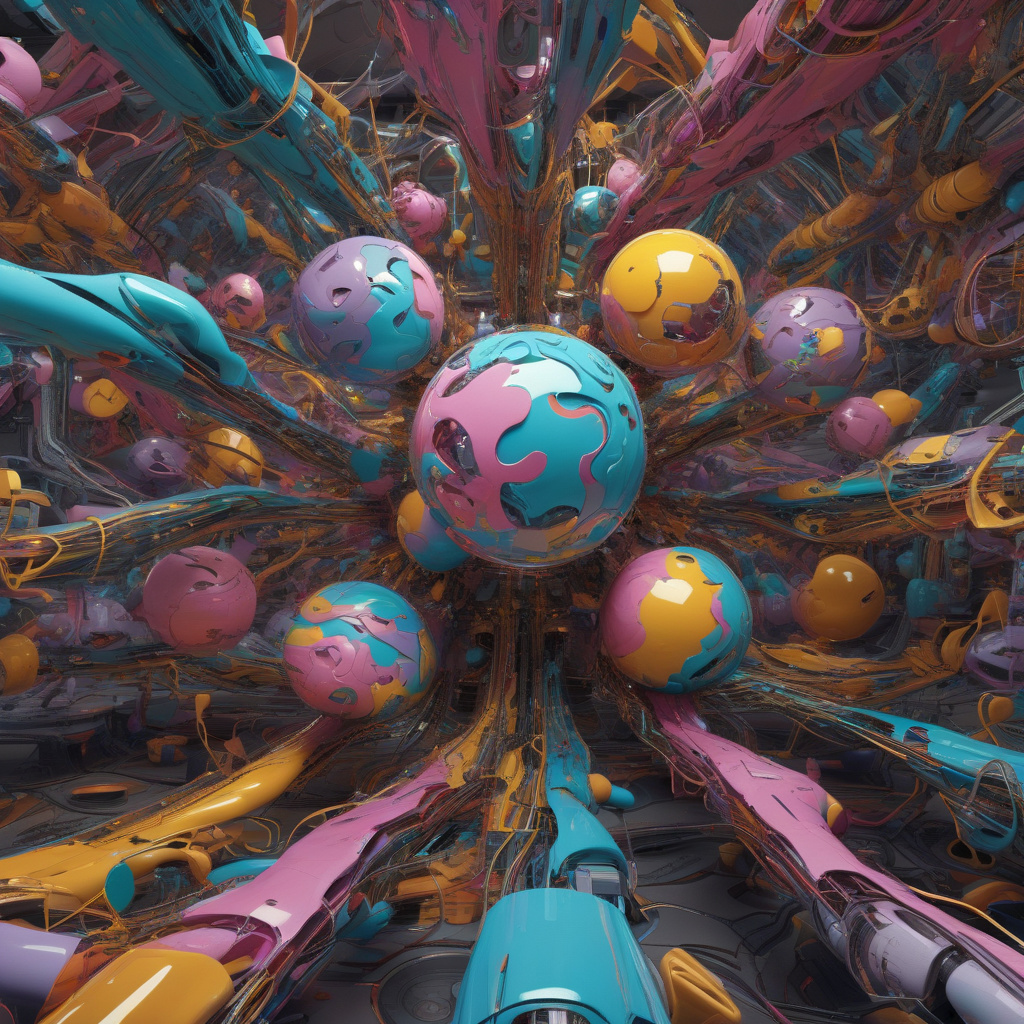Balancing Chaos and Precision: The Paradox of AI Work
In the realm of Artificial Intelligence (AI), a delicate dance between chaos and precision unfolds. The future of AI may rely less on the brilliance of individuals and more on the collective efforts of teams that can effectively navigate the paradox of balancing seemingly conflicting mindsets to drive lasting innovation.
AI is often associated with the notion of precision – the ability to process vast amounts of data with accuracy and efficiency. However, the true power of AI lies in its capacity to embrace chaos, ambiguity, and uncertainty. It is in the chaos that new ideas are born, boundaries are pushed, and breakthroughs are made.
Individual brilliance certainly plays a crucial role in advancing AI technologies. The groundbreaking work of pioneers in the field has propelled the industry forward and continues to inspire innovation. However, as AI becomes increasingly complex and multidisciplinary, the focus is shifting towards the collective intelligence of diverse teams.
Teams that can effectively balance chaos and precision bring together individuals with a wide range of skills, perspectives, and approaches. This diversity fosters creativity, encourages critical thinking, and enables teams to tackle complex problems from multiple angles. By embracing chaos as a catalyst for innovation, these teams can push the boundaries of what AI can achieve.
One example of balancing chaos and precision in AI work can be seen in the field of natural language processing. While precision is essential for tasks such as language translation or sentiment analysis, the real challenge lies in dealing with the inherent chaos of human language. Idioms, slang, and cultural nuances introduce complexity and ambiguity that require a more flexible and adaptive approach.
Teams that excel in natural language processing understand the need for both precision and chaos. By combining the rigor of algorithms and machine learning models with the creativity of linguistic experts and cultural analysts, these teams can develop AI systems that not only understand language but also interpret meaning in context.
Another example can be found in the development of AI-driven marketing strategies. While precision targeting and personalized recommendations are key to driving conversions, the chaotic nature of consumer behavior requires marketers to constantly adapt and experiment. By leveraging AI to analyze data, predict trends, and automate tasks, marketers can strike a balance between precision and chaos to deliver targeted and engaging campaigns.
In conclusion, the future of AI work hinges on the ability to balance chaos and precision effectively. By moving away from the notion of individual brilliance towards a more collaborative and interdisciplinary approach, teams can harness the power of conflicting mindsets to drive innovation and create meaningful impact in the world of AI.
#AI #ArtificialIntelligence #Innovation #Teamwork #BalancingChaosAndPrecision
